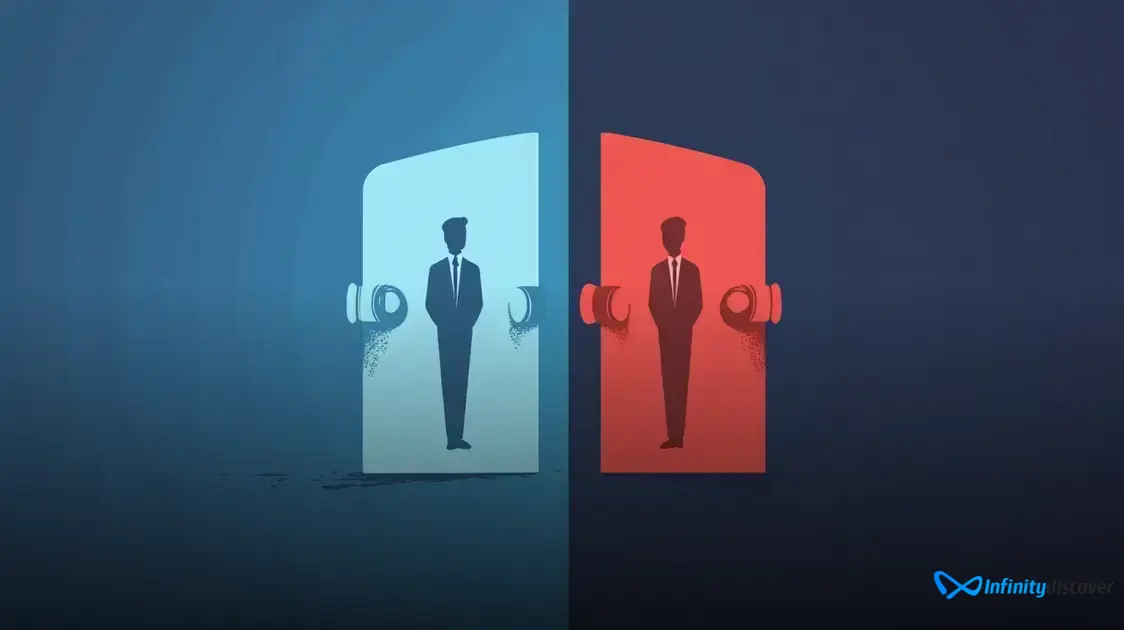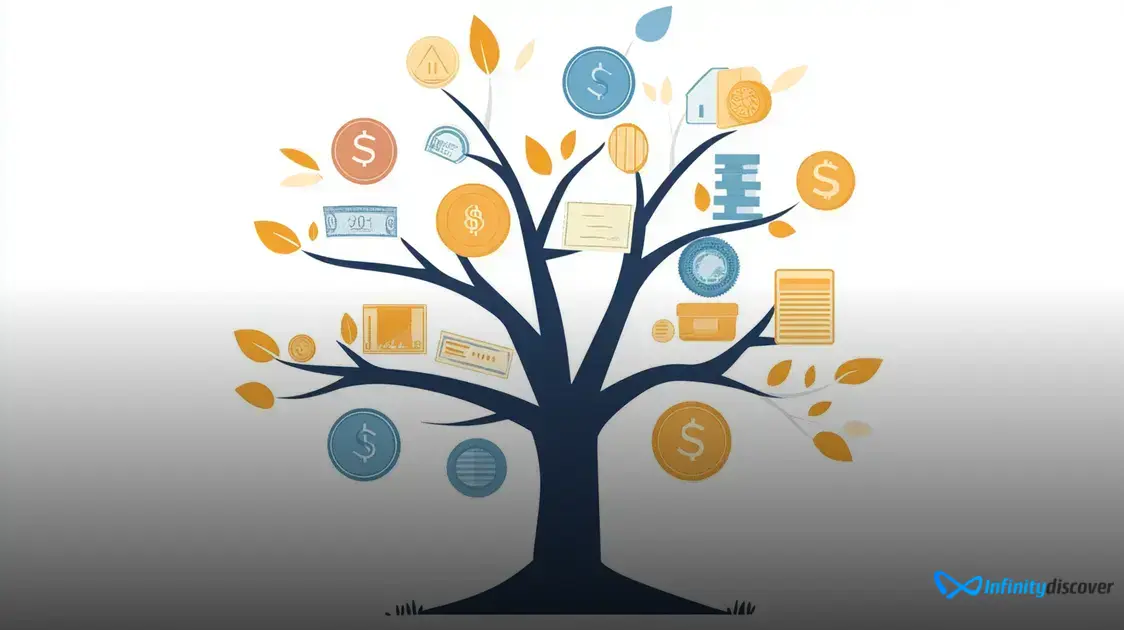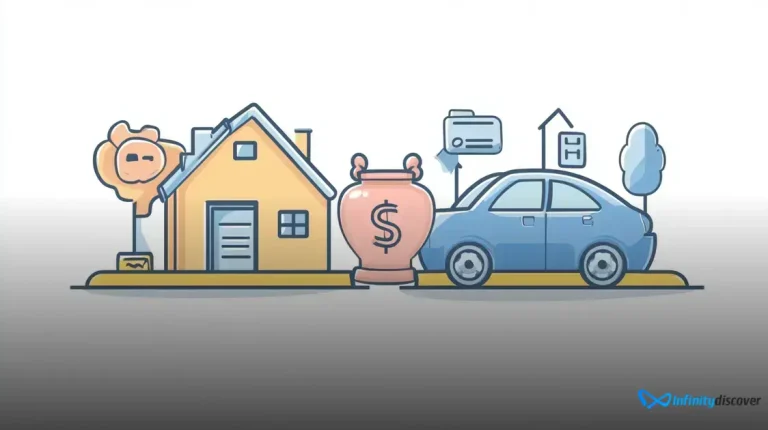If you’re considering taking out a loan, understanding the differences between secured vs unsecured loans is crucial. Each type of loan has its own advantages and risks, making it essential to choose the one that best aligns with your financial situation and goals. The decision you make can impact your borrowing costs, repayment terms, and overall financial stability.
A secured loan requires collateral, such as a house or car, which serves as security for the lender. Because of this, secured loans often come with lower interest rates and higher borrowing limits. In contrast, an unsecured loan does not require collateral, making it more accessible but often carrying higher interest rates and stricter approval requirements.
Understanding the pros and cons of secured vs unsecured loans can help you make informed financial decisions. Keep reading to explore the key differences, benefits, and potential risks of each loan type to ensure you choose the best option for your needs.
Understanding Secured vs Unsecured Loans
When considering borrowing options, understanding secured vs unsecured loans is essential. Each type of loan offers unique benefits and risks, making it important to choose based on your financial situation and repayment ability. Whether you need funds for a home, vehicle, or personal expenses, knowing how these loan types work can help you make informed decisions.
Understanding Secured Loans
Secured vs unsecured loans differ mainly in collateral requirements. A secured loan requires the borrower to pledge an asset, such as a home or vehicle, as security. This collateral provides lenders with assurance, often resulting in lower interest rates and higher borrowing limits. However, defaulting on a secured loan means the lender can seize the pledged asset.
Common secured loans include home equity loans, auto loans, and secured credit cards. The main benefit of secured loans is their lower interest rates, but the major risk is the potential loss of valuable assets. Borrowers considering secured vs unsecured loans should carefully assess their ability to meet repayment terms before opting for a secured loan.
Understanding Unsecured Loans
Unlike secured loans, unsecured loans do not require collateral. This makes them a more accessible option for borrowers who do not own significant assets. Creditworthiness and income play a key role in loan approval, and lenders rely on these factors to determine interest rates and borrowing limits.
Common unsecured loans include personal loans, credit cards, and student loans. While unsecured loans eliminate the risk of asset loss, they typically come with higher interest rates since lenders assume more risk. When comparing secured vs unsecured loans, borrowers should consider whether they are willing to accept higher rates in exchange for avoiding collateral requirements.
Choosing the Right Loan Type
Both loan types have their advantages and disadvantages, and selecting between secured vs unsecured loans depends on financial goals and risk tolerance. Secured loans provide lower interest rates but require collateral, while unsecured loans offer flexibility but often come with higher costs.
Understanding secured vs unsecured loans helps borrowers make responsible financial decisions. Whether you need funds for a major purchase or emergency expenses, evaluating the pros and cons of each loan type ensures you choose the best option for your financial needs.
Key Differences Between Secured and Unsecured Loans

Understanding the key differences between secured and unsecured loans is essential for making informed financial decisions. The first major difference is collateral. Secured loans require the borrower to provide an asset as collateral, such as a home or car. If the borrower fails to repay, the lender can take the asset to recover their money. In contrast, unsecured loans do not require collateral, relying solely on the borrower’s creditworthiness.
Interest Rates
Another important distinction is the interest rates. Secured loans generally have lower interest rates since the lender has less risk. Unsecured loans, however, typically carry higher rates because they are riskier for lenders.
Loan Amounts
Secured loans often allow borrowers to access larger amounts of money than unsecured loans. This is mainly due to the presence of collateral that reassures the lender. Unsecured loans are usually limited to smaller amounts due to the higher risk involved.
Credit Requirements
When it comes to qualifications, secured loans may be more accessible to borrowers with lower credit scores, as the collateral reduces the lender’s risk. Unsecured loans often require better credit histories, making it harder for those with poor credit to obtain them.
Repayment Terms
Lastly, repayment terms can vary between the two types of loans. Secured loans may offer longer repayment periods due to their lower risk. Conversely, unsecured loans might have shorter repayment terms, which can result in higher monthly payments.
Knowing these key differences can guide you in choosing the right loan option based on your financial circumstances and goals.
Advantages of Secured Loans
Secured loans come with several advantages that make them an attractive option for borrowers. One of the primary benefits is lower interest rates. Because these loans are backed by collateral, lenders face less risk, allowing them to offer more favorable rates compared to unsecured loans. This can lead to significant savings over the life of the loan.
Access to Larger Loan Amounts
Another advantage is the ability to borrow larger amounts of money. Lenders are generally willing to lend more when there is collateral involved since they have a way to recover their funds if needed. This is especially useful for borrowers looking to make significant purchases, like buying a house or a car.
Easier Approval for Those with Lower Credit Scores
Secured loans are often more accessible for individuals with lower credit scores. While credit history is still considered, having collateral can help mitigate the lender’s risks, making it easier for those with poor credit to obtain financing.
Potential for Flexible Terms
Additionally, secured loans may offer more flexible repayment terms. Borrowers might find it easier to negotiate longer repayment periods, resulting in lower monthly payments. This flexibility can be beneficial for managing budgets and cash flow.
Building Credit History
Finally, making timely payments on a secured loan can help improve a borrower’s credit history and score. Responsible repayment demonstrates creditworthiness, which can lead to better terms on future loans or credit products.
In summary, the advantages of secured loans make them a viable option for many borrowers seeking financing.
Advantages of Unsecured Loans
Unsecured loans offer several important advantages that appeal to borrowers. One of the main benefits is the absence of collateral. Because these loans do not require you to pledge an asset, you do not risk losing property like your home or car if you fail to make payments. This feature provides a greater sense of security for many borrowers.
Quick and Easy Application Process
Another significant advantage is the quick and easy application process. Since there is no collateral to evaluate, the approval process for unsecured loans is often faster. This can be beneficial when you need funds urgently for unexpected expenses or emergencies.
Flexibility in Use of Funds
Unsecured loans also provide greater flexibility in how you use the money. Borrowers can use the funds for various purposes, such as consolidating debt, making major purchases, or funding personal projects. This versatility makes unsecured loans an appealing choice for many situations.
Lower Requirement for Documentation
Additionally, unsecured loans often have lower documentation requirements. Lenders may not ask for extensive paperwork to verify assets. Instead, they focus more on your credit history and income to approve the loan. This streamlines the borrowing experience.
Opportunity to Build Credit
Finally, taking out an unsecured loan can help you build your credit history. Making timely payments on your loan demonstrates responsible borrowing behavior. Over time, this can improve your credit score and open doors to better financing options in the future.
Overall, unsecured loans provide unique benefits that can be attractive to a variety of borrowers.
Which Loan is Right for You?

Choosing between a secured and an unsecured loan depends on your specific financial needs and circumstances. Here are some factors to consider that can help you determine which loan type is right for you.
Your Financial Situation
First, assess your financial situation. If you have valuable assets and can afford to put them up as collateral, a secured loan might be beneficial. It can provide you with lower interest rates and larger loan amounts. However, if you do not want to risk losing your property, an unsecured loan may be the better option, even if it comes with higher interest rates.
Purpose of the Loan
Next, consider the purpose of the loan. If you need funds for a major purchase, like a house or car, a secured loan could be suitable for that. Conversely, if you want to cover unexpected expenses or consolidate credit card debt, then an unsecured loan might offer the flexibility you need.
Your Credit History
Your credit history also plays a significant role in the decision-making process. If you have a strong credit score, you may qualify for favorable terms, even on unsecured loans. However, if your credit is less than ideal, a secured loan may be easier to obtain, as the collateral can offset the lender’s risks.
Comfort with Risk
Lastly, think about your comfort with risk. Accepting a secured loan means you’re okay with putting your property on the line. If this possibility makes you uncomfortable, you might prefer the peace of mind that comes with an unsecured loan, despite the higher costs.
By considering these factors, you can make a more informed choice about which loan best fits your financing needs and goals.
Tips for Choosing Between Secured and Unsecured Loans
When deciding between secured vs unsecured loans, it’s important to evaluate your financial situation and understand which option aligns best with your needs. Each type of loan has distinct benefits and risks, making it crucial to consider factors like repayment ability, interest rates, and collateral requirements before making a decision.
Evaluate Your Financial Situation
The first step in comparing secured vs unsecured loans is assessing your financial health. Review your monthly income, expenses, and any outstanding debts to determine how much you can afford to repay. If you’re comfortable offering collateral, a secured loan may provide better terms. Otherwise, an unsecured loan could be a safer alternative.
Understand the Purpose of the Loan
Identifying the purpose of the loan can also help in choosing between secured vs unsecured loans. If the loan is for a major purchase, such as a home or car, a secured loan might offer lower interest rates and higher borrowing limits. On the other hand, for smaller expenses or emergency funds, an unsecured loan may be more suitable.
Compare Interest Rates
Interest rates are a major factor when selecting between secured vs unsecured loans. Secured loans typically offer lower rates due to the reduced risk for lenders. However, some unsecured loans may also have competitive terms depending on your creditworthiness, so it’s essential to compare offers from different lenders.
Assess the Risks
Understanding the risks associated with secured vs unsecured loans is essential. Secured loans require collateral, meaning failure to repay could result in asset loss. If you prefer to avoid this risk, an unsecured loan might be the better option, though it often comes with higher interest rates.
Check Your Credit Score
Your credit score plays a crucial role in securing favorable loan terms. If you have a high credit score, you may qualify for lower interest rates on unsecured loans. If your score is lower, a secured loan may be easier to obtain since the collateral minimizes the lender’s risk.
By carefully evaluating secured vs unsecured loans and considering your financial goals, you can make an informed decision that best suits your needs. Taking the time to compare options and understand the terms will help ensure you choose the right loan for your financial stability.
Deciding Between Secured and Unsecured Loans
When it comes to choosing between secured and unsecured loans, understanding your financial situation, the purpose of the loan, and the associated risks is crucial. Each type of loan has its own set of advantages and disadvantages, making them suitable for different contexts and borrower needs.
By evaluating your needs carefully and following the provided tips, you can make a well-informed decision that aligns with your financial goals. Whether you opt for the lower interest rates of secured loans or the flexibility of unsecured loans, the key is to ensure that your choice supports your overall financial health.
Remember, taking the time to research your options and weigh the pros and cons will ultimately help you find the loan that best fits your requirements.
Check out our article on Long-Term Investments to explore strategies for building wealth over time and securing your financial future.





